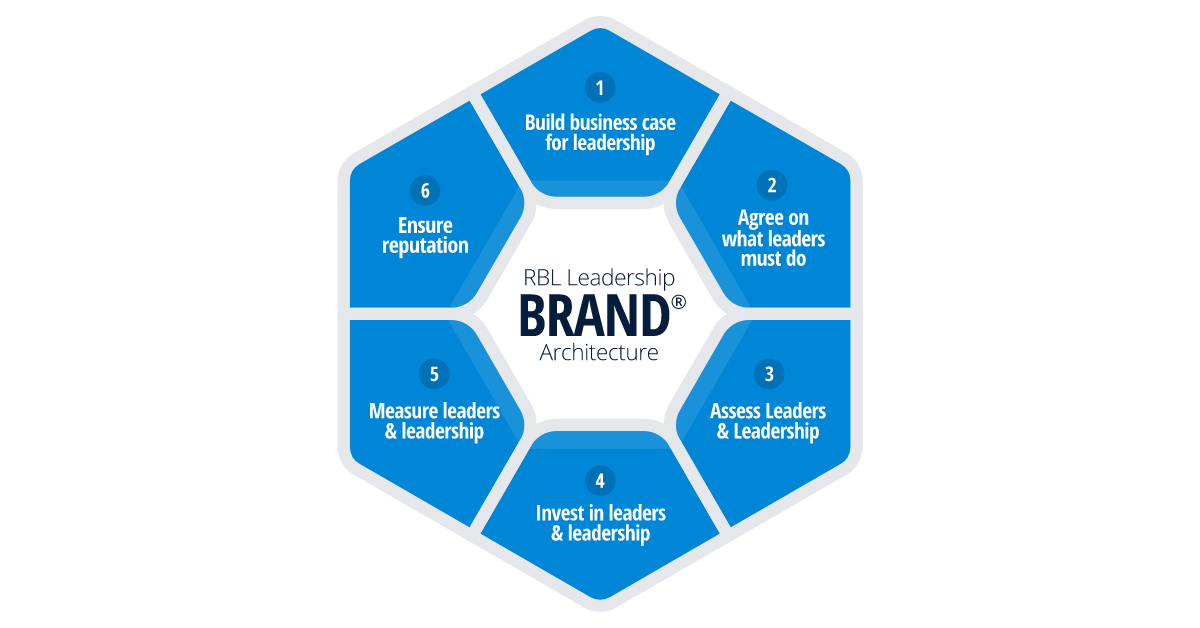Identify the Highest Impact Leadership Initiatives for Business Results
Key Takeaways:
- Leaders should consider the question “What are the best ways to devote resources to improving leadership?”
- Using the Organization Guidance System, business leaders can identify where to focus in leadership to most impact business outcomes.
- The implications of utilizing data from the Organization Guidance System suggest that desired business results are not achieved by focusing on leadership training.

Identify the Highest Impact Leadership Initiatives for Business Results

Recently, the head of HR from an exceptional company approached us about “refreshing” their leadership development program for 200 of their high-potential leaders. The program had been enormously successful in defining and improving the skills of their future leaders, but the CHRO felt that it might be time to upgrade both content and process.
How would you respond to this request?
It is tempting to dive in and review what is taught in the program and how it is taught so that improvements can be made in the leaders who participate.
But, maybe there is a better question to ask: what are the best ways to devote resources to improving leadership? Is it upgrading the content of the leadership program, or something else?
These questions underlie the Organization Guidance System (OGS) we have created. We have shown the results which show the impact of talent and organization initiatives on key results, we now want to report the Organization Guidance System results for the leadership pathway.
Point of View on Leadership
We have spent much of our professional career defining effective leadership through a rather simple formula: effective leadership = attributes × results (see Figure 1). Leaders are effective when they demonstrate the right attributes or competencies that deliver results for key stakeholders (customers, employees, organizations, and investors) in sustainable ways.

This overall logic may be translated into a Leadership Brand® where the promises made to customers define the expectations of leaders. We have identified six elements to create a Leadership Brand (see Figure 2). These six elements provide a disciplined process for improvement for those charged with upgrading leaders and installing leadership. This six-element Leadership Brand logic has been the conceptual framework for and validated in the Top Companies for Leaders work published with Fortune magazine and the framework for upgrading leaders and leadership in organizations of all sizes, industries, life cycles, strategic agenda, and geographies.

The six elements of Leadership Brand are summarized in Figure 3 and may each be assessed.
| Six Elements of Leadership Brand | Insight | Assess Low to High |
|---|---|---|
| Build business case for leadership | Have a clear rationale for building leadership; spend time on it. | |
| Agree on what leaders must do | Establish a leadership competency model with the code and differentiators to define what leaders should be, know, and do. | |
| Assess leaders & leadership | Assess individual leaders and leadership systems. | |
| Invest in leaders & leadership | Invest in building leaders and leadership through innovative learning experiences. | |
| Measure leaders & leadership | Track the impact of leadership on business outcomes and the extent to which business case happens. | |
| Ensure reputation | Make sure leadership enhances identity with all stakeholders. |
Report Guidance on Leadership Brand
After 18 months of implementing the Organization Guidance System, we can now report on how well companies perform on these six elements (see Figure 4). This figure reports the overall mean (column A), variance (column B), and reliability (column C) of the measures of these six elements. This figure indicates which of the six Leadership Brand elements score higher (#2 defining what leaders should know and do and #1 clarifying business case for leadership) and which score lower (#5 measuring impact of leadership). The results also confirm that these are valid measures of the six Leadership Brand elements (standard deviation and reliability scores).
| Leadership Brand® Capability | A How well we do it? (Low of 1 to high of 5 mean) |
|---|---|
| Build business case for leadership
We have a clear business rationale for why leadership matters for business success. |
3.23 |
| Agree on what leaders must do
We have a definitive leadership competency model that defines the knowledge, skills, and behaviors of leaders that will deliver strategy. (leadership profile, standards, expectations) |
3.17 |
| Define what leaders know & do
We have a rigorous assessment of the quality of individual leaders and of our overall leadership group. (leadership pipeline) |
2.91 |
| Develop leaders & leadership
We appropriately invest in ways to develop leaders throughout the organization through training, development experiences, non-work experiences, coaching, and so forth. (individual development plan, leadership academy, career development) |
2.95 |
| Measure leaders & leadership
We make sure we measure the impact of leaders' personal competencies and leadership organizational investments on key outcomes that matter to monitor leadership impact. (Moneyball) |
2.47 |
| Ensure reputation
We make sure that leadership reputation shows up with internal (employee) and external (customer, investor, community) stakeholders. |
2.89 |
Guidance on which leadership initiatives most impact target business outcomes.
To move from these Leadership Brand descriptions (Figure 4) to prescriptions, we utilize the Organizational Guidance System to offer guidance in Figure 5. This figure shows the relative impact of each of the six elements (rows) on four outcomes we measured (columns B, C, D, E, and F). We used proprietary analytics to understand how different leadership initiatives (rows) will deliver different results.
| Leadership Brand | A Global Mean |
What guidance can we offer on business results? | ||||
|---|---|---|---|---|---|---|
| B Employee |
C Strategy / Business |
D Customer |
E Financial |
F Social Citizenship |
||
| Build business case for leadership
|
3.22 | |||||
| Define what leaders know & do
|
3.10 | |||||
| Assess leaders & leadership
|
2.84 | |||||
| Develop leaders & leadership
|
2.91 | |||||
| Measure leaders & leadership
|
2.48 | |||||
| Ensure reputation
|
2.85 | |||||
 |
||||||
The findings from the Organizational Guidance System in Figure 5 dramatically shift the discussion of building better leadership from what is done to what should be done. While these findings are only a sample and while we realize that the desired leadership development may vary by context (industry, pace of change) and strategy, they show quite conclusively that to deliver the four results, leadership improvement efforts should focus on #1 building a business case and #6 ensuring a reputation and NOT on #4 investing in leadership.
Implications
The implications of this Leadership Brand guidance are profound. Informed by the data from the Organizational Guidance System, we told the CHRO who approached us that updating the leadership development program (element #4) would not have the desired impact as much as creating a stronger business case for leadership (element #1) and ensuring their leadership reputation in the marketplace (#6).
Now is the time for business leaders to offer rigorous guidance on leadership (as well as talent and organization previously reported), and the Organization Guidance System provides necessary data for informed decisions
Contact us for more information on how to utilize the OGS to find out what has the most impact in your organization.

